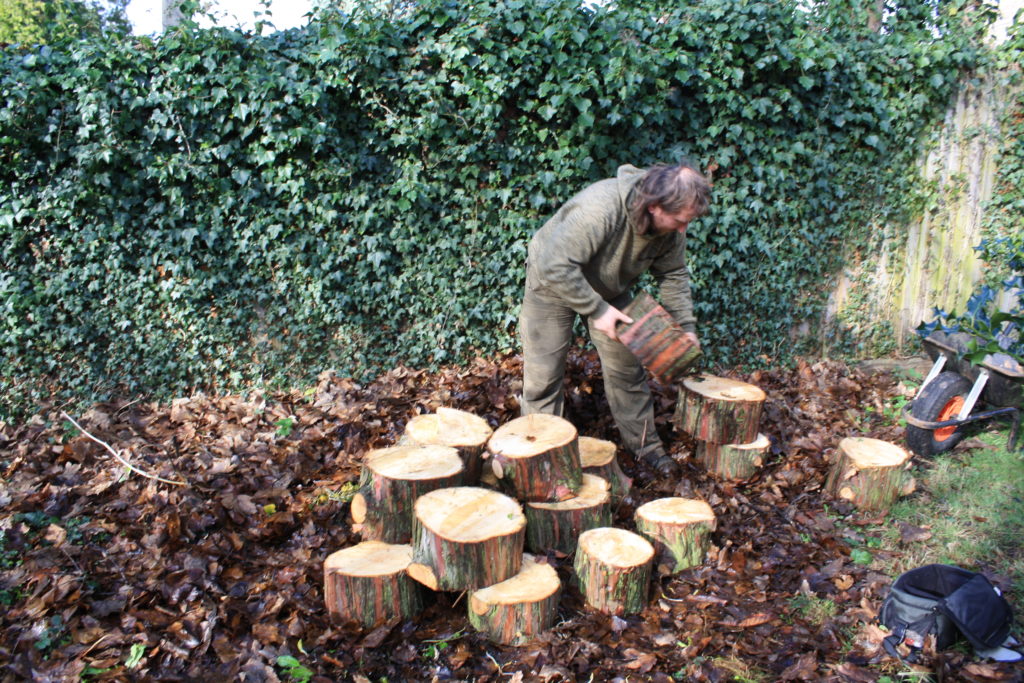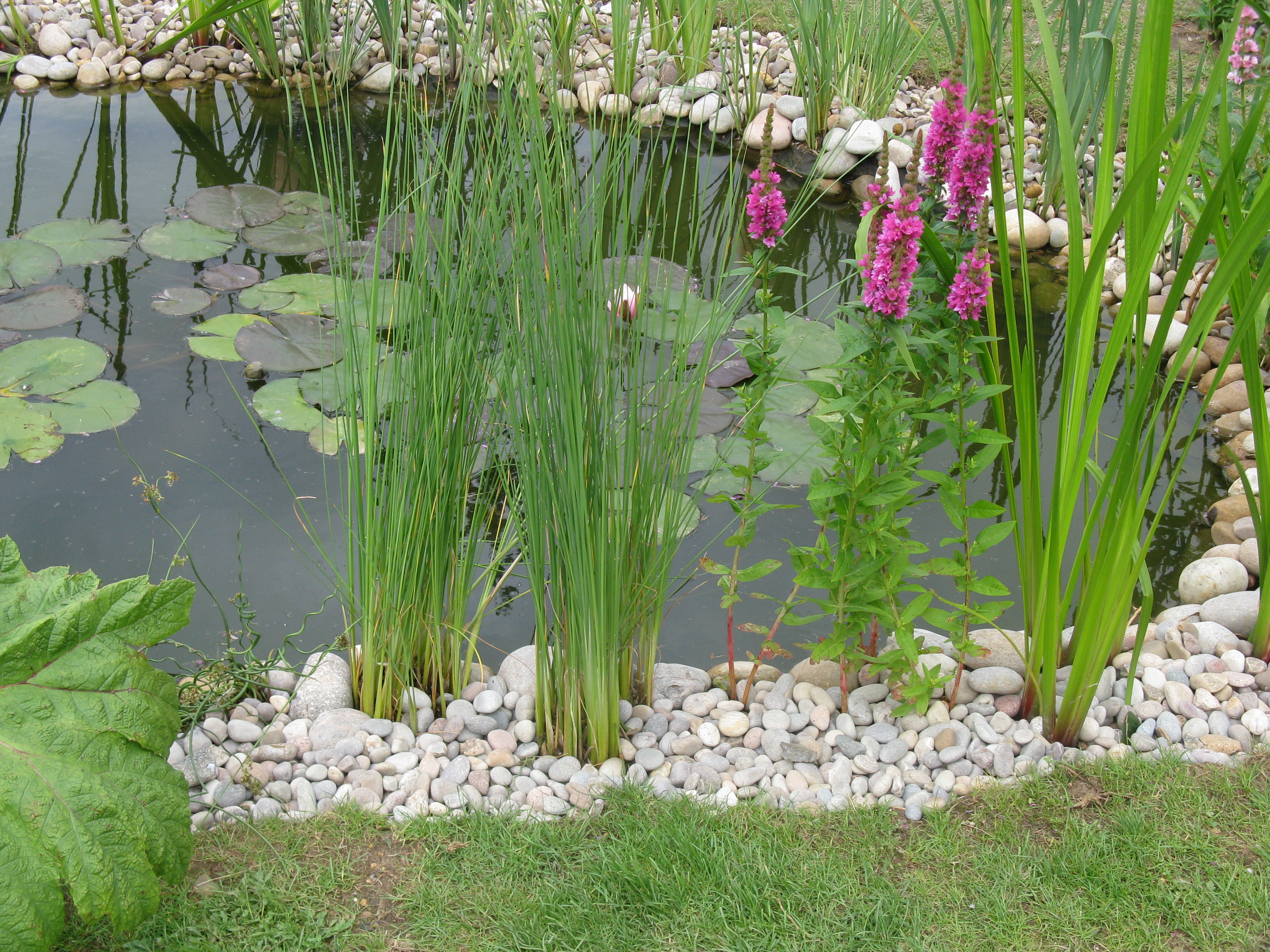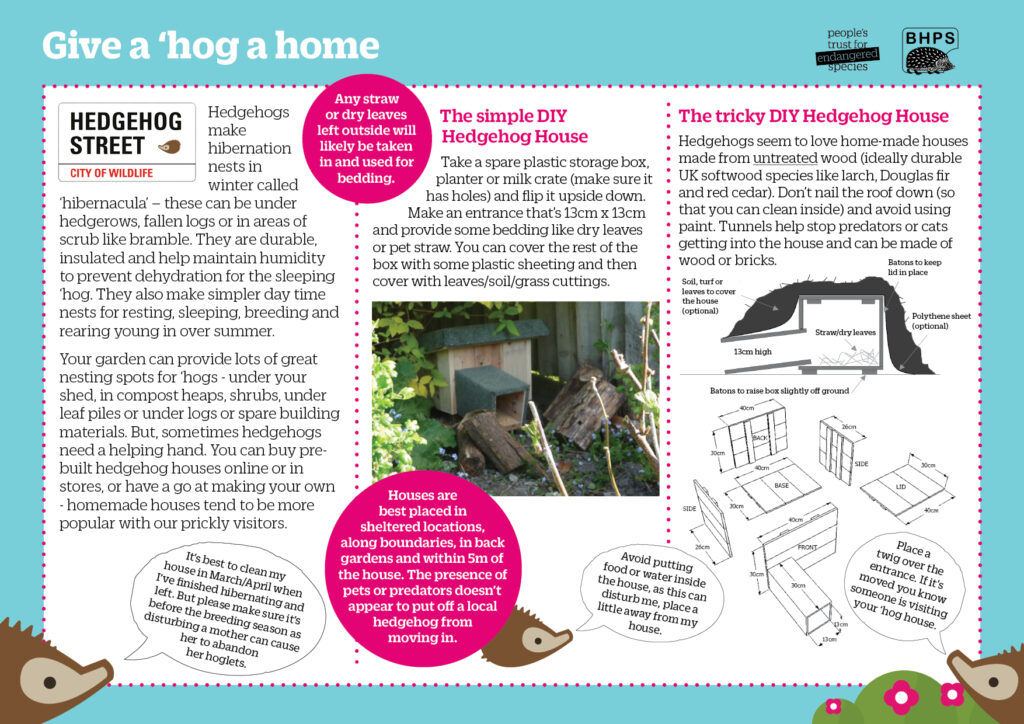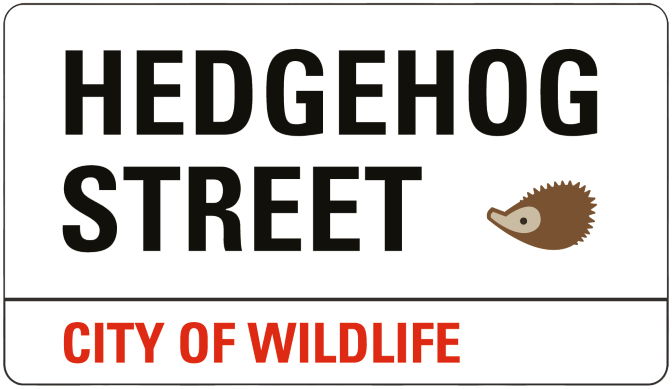Hedgehog-friendly garden features
Our gardens can be a vital resource for hedgehogs, with surveys revealing that urban hedgehogs are faring better than their rural counterparts. This means we can help vulnerable hedgehogs on our own doorstep with small, simple garden changes.
Once you have linked your garden to the wider landscape with hedgehog highways, try and introduce as many of the below hog-friendly features as possible. Happily, these garden additions will benefit a whole host of other species too.
Not sure where to start? Take the Hedgehog Garden Challenge to see how your garden rates, and get tailored tips for creating a hog haven!
Log piles

One of the best features for a plethora of wildlife, especially the hedgehogs. Log piles can provide a safe, secure site for breeding or hibernating. They also attract insect, providing a year round food supply for hedgehogs.
Collect any old dead wood from your garden or ask the local park or wildlife reserve for permission to take some from their supply and pile it up in a quiet undisturbed corner of your garden. The bigger you can make it the better. As the wood rots down, replenish the logs from time to time.
Compost heaps
Compost heaps can make an attractive nesting site for a hedgehog. Open air composting is also great for creepy crawlies (AKA hedgehog food). Remember to be careful and check for hedgehogs when turning them with your fork.
No single garden is large enough for a hedgehog population, and no single garden can offer everything they need. Think of your garden as part of a local network.
Leaf piles
Not only can leaf piles be used as a potential nesting site but they can also be used for bedding material for any other nest sites or hedgehog boxes in the surrounding area. Please be careful when tidying leaf piles as there may be a hog in residence!
Overgrown ‘wild’ corner
Most gardeners have a big tidy once or twice a year, often in spring or at the end of the growing season. This can remove nesting or hibernation sites for hedgehogs, and reduces the amount of insects in the garden. Grasshoppers, for example, need standing vegetation in which to overwinter in. Pick a corner of your garden and leave it to go a bit mad – it can have native or non-native planting. The key is just to leave it untrimmed and undisturbed. Embrace the wild!
Wildflower patch
If you fancy taking your commitment to wildlife to the next level, creating diverse semi-natural grasslands is it. There are lots of options, from annual mixes composed of colourful plants like poppies and cornflowers, to subtle and beautiful perennial displays. Base your seed selection on soil type, and go for a reputable seed trader that specialises in native plants (e.g. Emorsgate, Landlife or Habitat Aid). Go for a mix without grass seed as grasses will naturally appear in time on any plot. And no fertilizer!
Ponds

Under appreciated as a hedgehog-friendly feature, every garden should have one. Hedgehogs will benefit from having a year-round water supply, and they with thrive on the added insects that it will attract. Hedgehogs are excellent swimmers, just make sure there is a gently sloping edge for them to escape from (you could use stones, or chicken wire) to ensure they won’t drown.
Hedgehog homes
Download our hedgehog house instructions
Whilst semi-natural features such as those listed above are much better nesting options for hedgehogs, they can and do use specially made hedgehog houses or ‘hibernacula’.

Need more inspiration?
For more ideas about hedgehog-friendly features in your garden, see what other Hedgehog Champions have been up to in the ‘Wildlife gardening‘ photo gallery.
If you’re not sure where to start, have a look at our three-part guide to Wildlife Gardening for Beginners.

